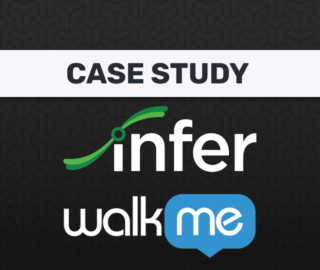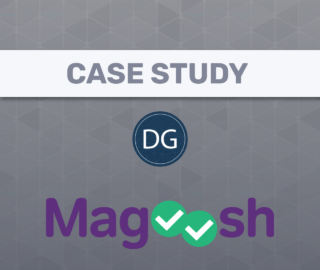
Technology Provider: Cloudera
User Company: Wargaming
Industry: Gaming
Application: ML Infrastructure
Problem
With 150 million registered users at the time that this case study took place, Wargaming realized substantial upgrades to their data analytics platform would be necessary to improve the results of their “freemium” gaming business. The company aimed to develop a game analytics platform to deal with over 500 million daily events (over 3TB of raw data daily), and to enable real-time recommendation to engage and present offers to users.
Actions Taken
Wargaming used Cloudera Enterprise to build out a data reservoir for their various teams. Wargaming implemented a pre-integrated Cloudera distribution of Apache Hadoop because the company believed it was the fastest way to obtain their objectives and keep up with their data flows. The database used in this implementation was Oracle RDBMS.
Results
Campaign effectiveness using personalized communication and recommendation mode was measured at 5-10% across their business when compared to non-personalized interactions.
Wargaming was able to use personalized communication and recommendation mode in real time with players to increase lifetime value (LTV) compared to those players who weren’t contacted at all. Community response to this campaign increased up to 3 times when compared to non-personalized interactions.
Using a machine learning approach enabled Wargaming to increase the number of campaigns being run simultaneously by 10 times.
Transferable Lessons
Few businesses live and die by their user data as much as the freemium gaming industry. Companies like Wargaming must “hook” a user’s attention quickly, and incentivize their activities to eventually lead to a sale. With hundreds of millions of users, machine learning is likely to coax out patterns of engagement and disengagement that lead free users to convert, or lead paying users to continue to buy.
Analogous applications might be found in other industries to a lesser or greater extent. SaaS companies or large digital publishers also have a high volume of digital “touch-points” that can be streamed directly into a data reservoir and used to glean insights to help drive up customer lifetime value, or other important business metrics. Digital publishers might use machine learning to find the on-page tweaks that lead to high page views or time on page, while a SaaS company might detect commonalities among customers on the verge of canceling their subscription.






